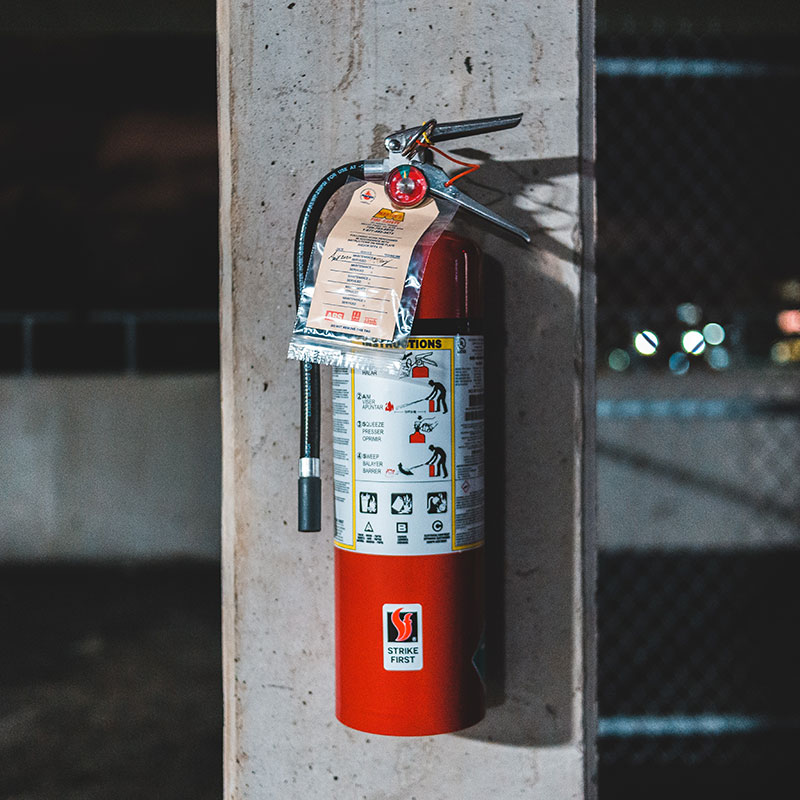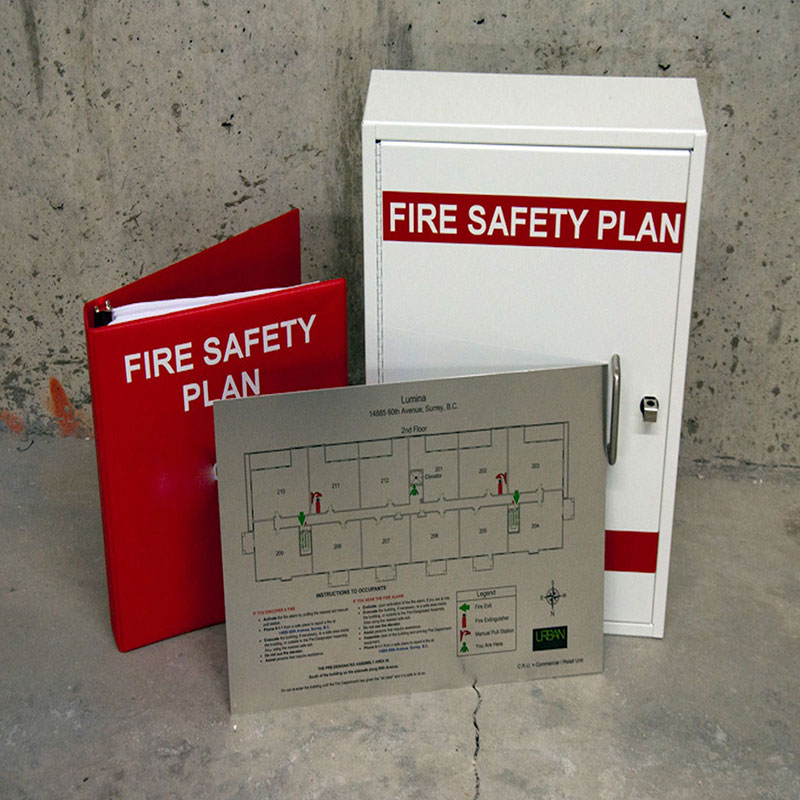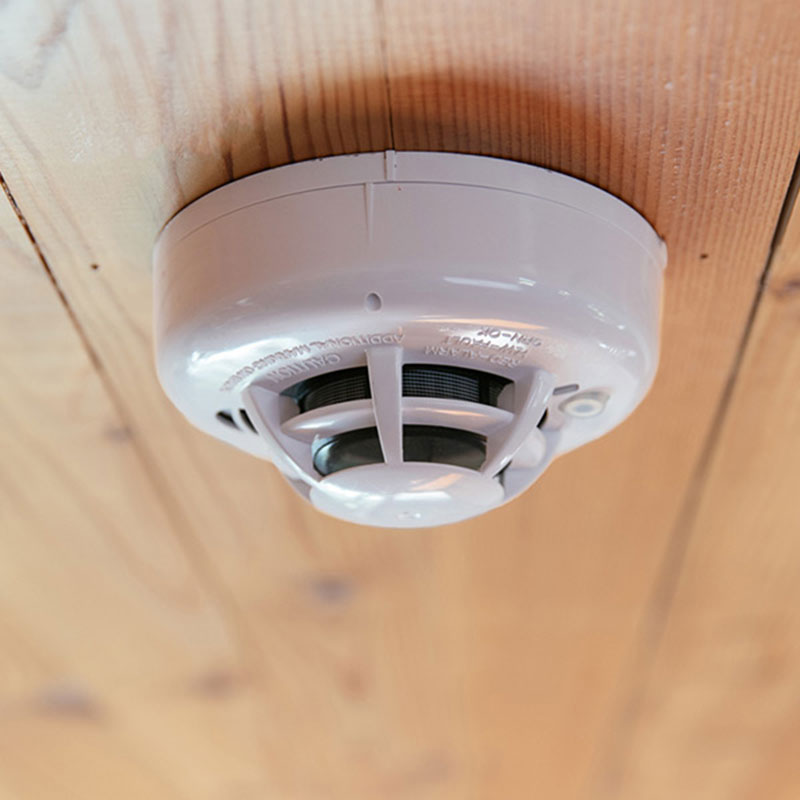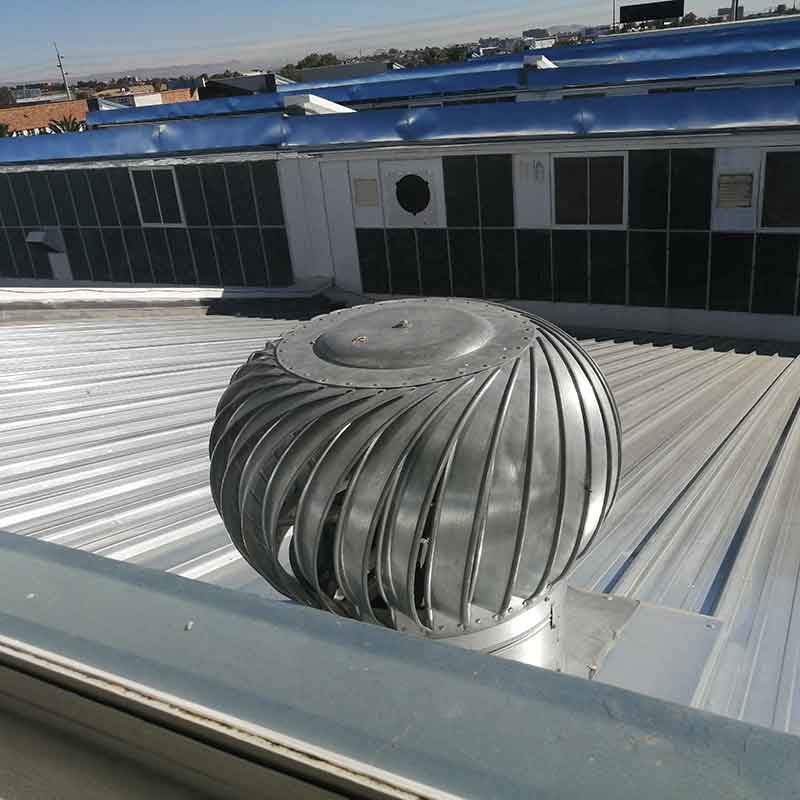Fire Engineering
Fire dynamics, flammability of materials, design & installation of fire-safety systems

Who We Are
Fire Department Overview
Fire safety engineering is a branch of engineering that deals with the prevention and mitigation of fire hazards. It encompasses the study of fire dynamics, flammability of materials, and the design and installation of fire-safety systems.
Our team of experienced fire engineers are equipped with certifications from The Institute of Fire Engineers (IFE) based in the UK.
Our team has extensive experience in a variety of fields within the fire engineering discipline. We are dedicated to finding innovative fire safety solutions to meet the unique needs of each of our clients, to ensure the life safety of people, and to protect properties from the damaging effects of fire.
Our team of engineers are here to help
Our Services
WCE’s fire engineering department offers the following services:
Our Offering
WCE’s fire engineering department specializes in the following fire safety disciplines:
1. Fire Protection Plans & Rational Fire Designs
Our team provides holistic Fire Protection Plans and Rational Fire Designs. Fire Protection Plans refers to a code compliant and deemed to satisfy fire safety solution, while a Rational Fire Design involves rational thinking to design buildings and structures while taking into account the risk of fire and aims to minimize its impact. It involves using scientific principles to evaluate the potential for fire, and then designing the building to reduce that risk and limit the spread of fire in the event of a fire incident.
Rational fire design takes into account a range of factors, including the materials used in construction, the layout and structure of the building, the location of fire exits and the availability of fire-fighting equipment. By considering these factors, architects and engineers can design buildings that are not only safe in the event of a fire, but also more efficient and sustainable.
Some key principles of rational fire design include using fire-resistant materials, designing for adequate ventilation, providing multiple escape routes and designing for easy access for emergency services. By taking these factors into account, rational fire design can help to minimize the risk of fire and ensure that buildings are safe and secure for occupants.


2. Fire Suppression Systems
Our team is experienced in the design of automatic fire suppression systems. This includes fire sprinkler systems, gaseous fire suppression, and foam fire suppression systems. Automatic fire suppression systems are a great method to protect your property against fire damage and to ensure the life safety of the occupants in a building.
3. Fire Detection Systems
We design fire detection and fire alarm systems in accordance with the relevant industry standards. Fire detection and fire alarm systems are critical in providing early warning to the occupants of a building to ensure safe escape during a fire emergency.
4. Fire Water Systems
Our team designs fire water reticulation systems for the supply of fire hose reels and fire hydrants. This often involves the design of fire pump and fire water storage systems. Fire Hose Reels provide a means of first aid for the occupants of a building to extinguish a small fire. Fire Hydrants are more specialized and is required for use by the fire brigade to extinguish larger fires.
5. Smoke Ventilation Systems
Most fatalities during a fire emergency are as a result of smoke inhalation. This makes proper smoke ventilation an extremely important part of any fire protection plan. Our team designs smoke extraction systems and smoke pressurization systems to ensure heat and smoke is effectively ventilated to ensure safe evacuation.

